 |
| Anopheles gambiae mosquito feeding |
Did you know that there are 70 different species of mosquito in New York State? While most do not transmit the West Nile virus, several of the species that exist there have been associated with the virus.
Did you know that Orkin, a pest control company, named Atlanta, Memphis, and Houston as the top three of it's top 20 mosquito cities? In the United States, mosquitoes are known to transmit West Nile virus and other illnesses that can cause encephalitis, or swelling of the brain. In 2013, more than 2,300 cases of West Nile virus were reported in 48 states, according to the Centers for Disease Control and Prevention.
Did you know that the mosquito is the world's deadliest animal? With 725,000 deaths a year caused by mosquitoes, they are far deadlier than even human beings.
Here is a list of the top 6 worst species of mosquito in the U.S.:
#1 The Asian Tiger Mosquito (Aedes albopictus)
Although the Asian Tiger Mosquito is native to the subtropical regions of Asia, it has rapidly become one of the planet's most widely distributed animal species. In the past couple of decades it has spread very quickly through international travel and the worldwide trading of goods. Unfortunately, it is also a epidemiologically important vector for the transmission of several diseases including but not limited to the Yellow fever virus, dengue fever, Chikungunya fever, and the West Nile virus. They can breed in containers as small as a bottle cap, so eliminating these pests can be a difficult task. Also, unlike most mosquitoes this breed can feed twenty-four hours a day, while most other species feed only at dusk or dawn.
Asian Tiger Mosquitoes are known to be very aggressive and even more adept at spreading certain pathogens than the Yellow Fever Mosquito.
#2 Yellow Fever Mosquito (Aedes aegypti)
The yellow fever mosquito originated in Africa, but has spread to tropical and subtropical regions throughout the world. Aedes aegypti is a vector for dengue fever, chikungunya, yellow fever viruses, and other diseases. Yellow fever, also known as yellow jack or yellow plague is an acute viral disease. In most cases symptoms include fever, chills, loss of appetite, nausea, muscle pains particularly in the back, headaches, and yellow skin.
 |
| The head of a yellow fever mosquito under an electron microscope. |
#3 Malaria Mosquito (Anopheles gambiae)
The malaria mosquito, or Anopheles gambiae, is a complex of at least seven morphologically indistinguishable species of mosquitoes in the genus Anopheles. The complex Anopheles was recognized in the 1960s as the most important vector of malaria and the most dangerous malaria parasite, Plasmodium falciparum. While the separate species of the complex Anopheles gambiae are morphologically indistinguishable, the individual species exhibit different feeding behaviors. Some are considered to be zoophilic, (taking its blood meal from animals) whereas Anopheles gambiae is generally anthropophilic (taking its blood meal from humans). This is why it is considered the most dangerous in it's complex, in terms of carrying malaria.
 |
| Anopheles gambiae, adult female under microscope. |
 |
| Structural organization of the Anopheles gambiae heart. |
#4 Encephalitis Mosquito (Culex tarsalis)
Culex tarsalis is the most important mosquito vector of arboviruses in western North America, responsible for maintenance, amplification and epidemic transmission of St. Louis and western equine encephalitis viruses in irrigated and riparian habitats. This species is also a vector of Llano Seco, Turlock, Gay Lodge, and Hart Park viruses, and several species of avian malaria. Cx. tarsalis is an efficient experimental vector of Japanese and Venezuelan equine encephalitis viruses.(1) Also called the Manitoba Mosquito or the Grand Forks Mosquito has been described as the worst species of insect in the world.
Henri Julien, a 21-year-old illustrator sent to cover the march west of the North West Mounted Police in 1874, described the “Manitoba mosquito” as the worst species of the insect in the world.
“They insinuate themselves under your clothes, down your shirt collar, up your sleeve cuffs between the buttons of your shirt bosom. And not one or a dozen, but millions at a time.”Winnipeg is sometimes called the mosquito capitol of Canada. Some describe the mosquitoes being so large that they should be declared Manitoba’s provincial bird. Many have joked that Manitoba’s mosquitoes are so large that they can carry off babies.
 |
| Culex larvae |
 |
| Later stage of culex larvae. |
#5 Southern House Mosquito (Culex quinquefasciatus)
The southern house mosquito is of medium size and is found in tropical and subtropical regions. It is known to spread the diseases Wuchereria bancrofti, avian malaria, and arboviruses including St. Louis encephalitis virus, Western equine encephalitis virus, and West Nile virus. In southern U.S. it is the primary vector of St. Louis encephalitis virus. In India and Southeast Asia, it is the primary vector of Wuchereria bancrofti, a nematode that causes lymphatic filariasis. It acts as an intermediate host for the helminth parasite by harbouring the larval stages. It also transmits Plasmodium relictum, a malarial parasite of birds, and is the principal vector in Hawaii. It is the definitive host for malarial parasite as it harbours the sexual cycle.(2)
mosquito, mosquitoes, pests, mosquito facts, mosquito information, how many species of mosquito, tiger mosquito, yellow fever mosquito, malaria mosquito, encephalitis mosquito, southern house mosquito, salt marsh mosquito,mosquito, mosquitoes, pests, mosquito facts, mosquito information, how many species of mosquito, tiger mosquito, yellow fever mosquito, malaria mosquito, encephalitis mosquito, southern house mosquito, salt marsh mosquito,mosquito, mosquitoes, pests, mosquito facts, mosquito information, how many species of mosquito, tiger mosquito, yellow fever mosquito, malaria mosquito, encephalitis mosquito, southern house mosquito, salt marsh mosquito,mosquito, mosquitoes, pests, mosquito facts, mosquito information, how many species of mosquito, tiger mosquito, yellow fever mosquito, malaria mosquito, encephalitis mosquito, southern house mosquito, salt marsh mosquito,mosquito, mosquitoes, pests, mosquito facts, mosquito information, how many species of mosquito, tiger mosquito, yellow fever mosquito, malaria mosquito, encephalitis mosquito, southern house mosquito, salt marsh mosquito,mosquito, mosquitoes, pests, mosquito facts, mosquito information, how many species of mosquito, tiger mosquito, yellow fever mosquito, malaria mosquito, encephalitis mosquito, southern house mosquito, salt marsh mosquito,mosquito, mosquitoes, pests, mosquito facts, mosquito information, how many species of mosquito, tiger mosquito, yellow fever mosquito, malaria mosquito, encephalitis mosquito, southern house mosquito, salt marsh mosquito,mosquito, mosquitoes, pests, mosquito facts, mosquito information, how many species of mosquito, tiger mosquito, yellow fever mosquito, malaria mosquito, encephalitis mosquito, southern house mosquito, salt marsh mosquito,mosquito, mosquitoes, pests, mosquito facts, mosquito information, how many species of mosquito, tiger mosquito, yellow fever mosquito, malaria mosquito, encephalitis mosquito, southern house mosquito, salt marsh mosquito,
 Share on Tumblr
Share on Tumblr
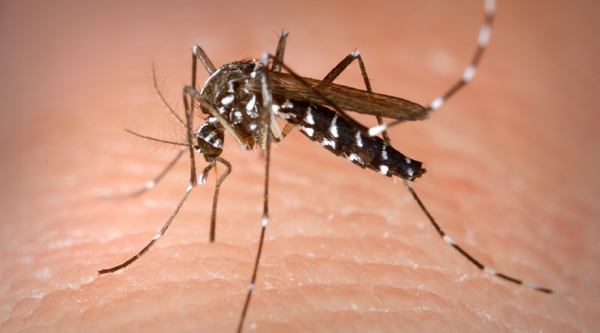
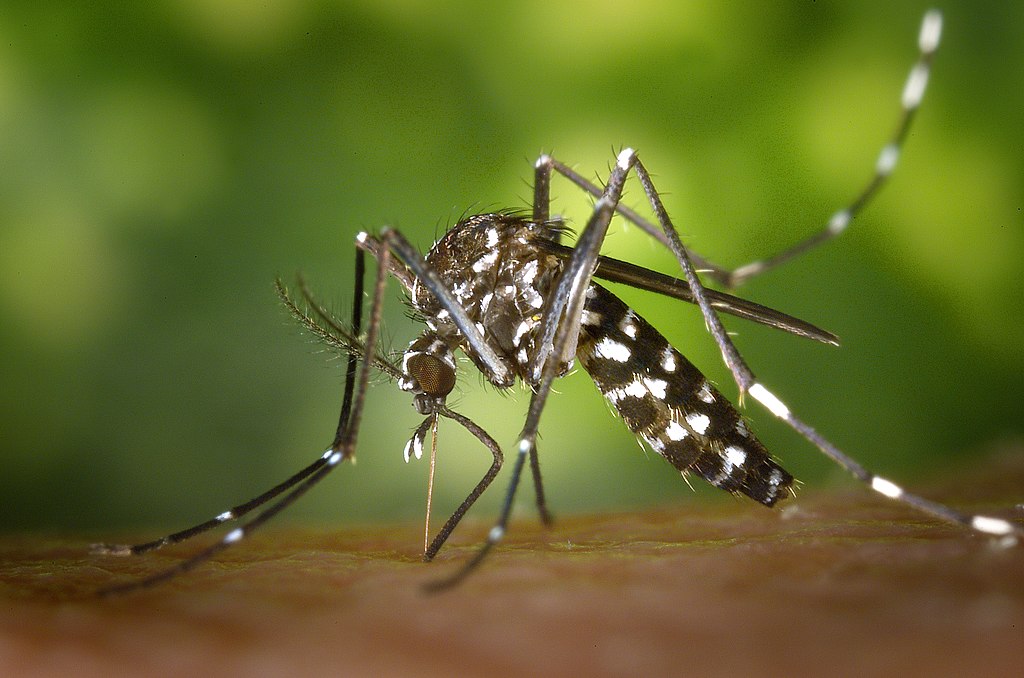


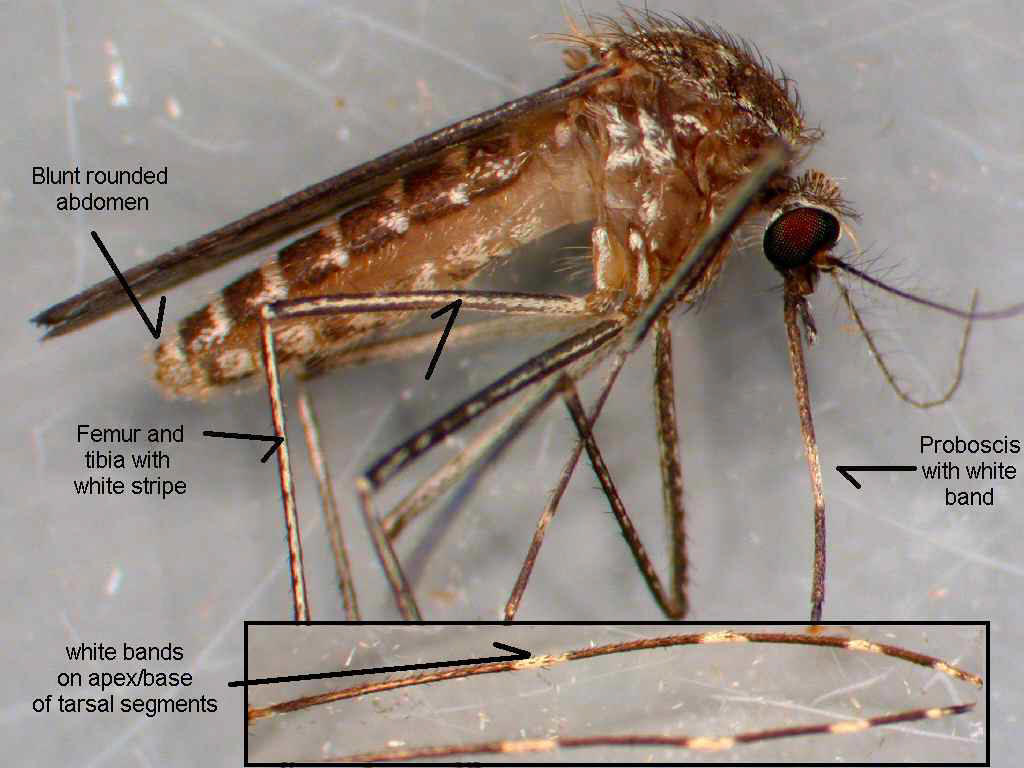


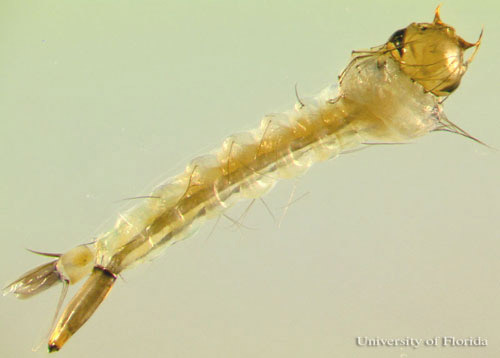
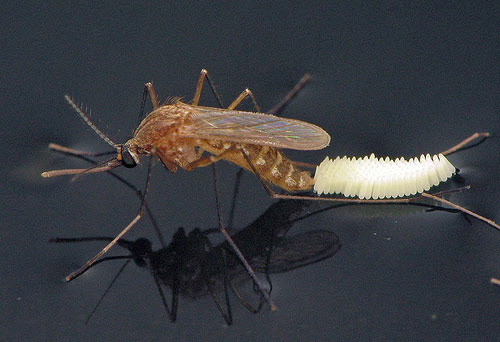















0 comments:
Post a Comment
Note: only a member of this blog may post a comment.